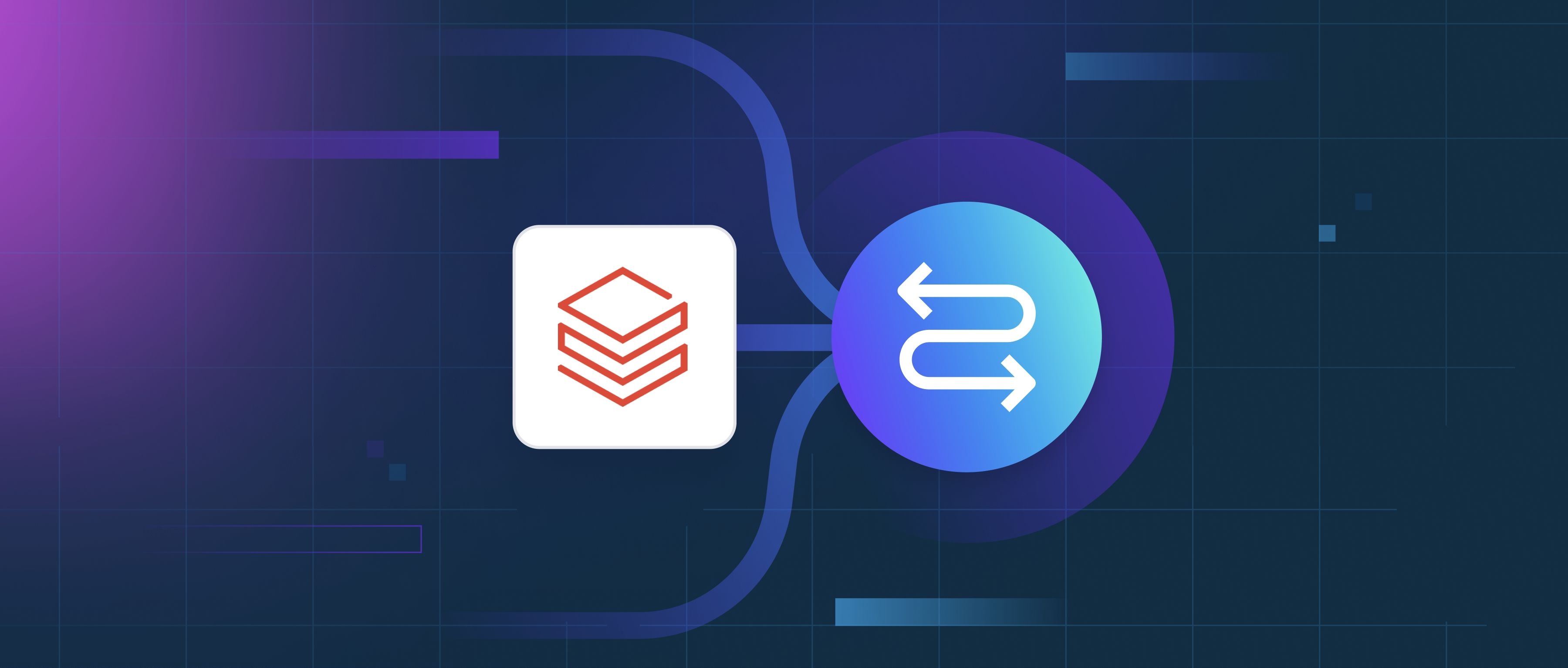Zero-shot learning in NLP refers to the ability of a model to perform tasks it has not been explicitly trained on. This is achieved by leveraging pre-trained models, such as GPT or T5, which have been exposed to vast amounts of diverse data during training. For example, a zero-shot learning model can classify a review’s sentiment as positive or negative without being fine-tuned specifically for sentiment analysis.
Zero-shot learning often involves providing the model with task descriptions or prompts. For instance, the prompt "Classify this review as positive or negative: 'I love this product'" helps the model infer the task without explicit task-specific training. This approach is useful for scenarios with little or no labeled data.
Zero-shot learning is widely applied in classification, translation, and text generation tasks. It reduces the need for task-specific datasets and training, making it particularly valuable for rapid prototyping and low-resource scenarios. Models like OpenAI’s GPT-3 and Hugging Face’s T5 have popularized zero-shot capabilities, significantly broadening the scope of NLP applications.
